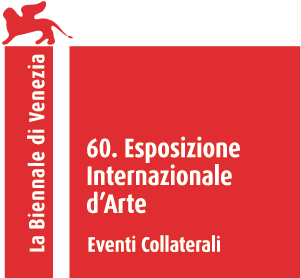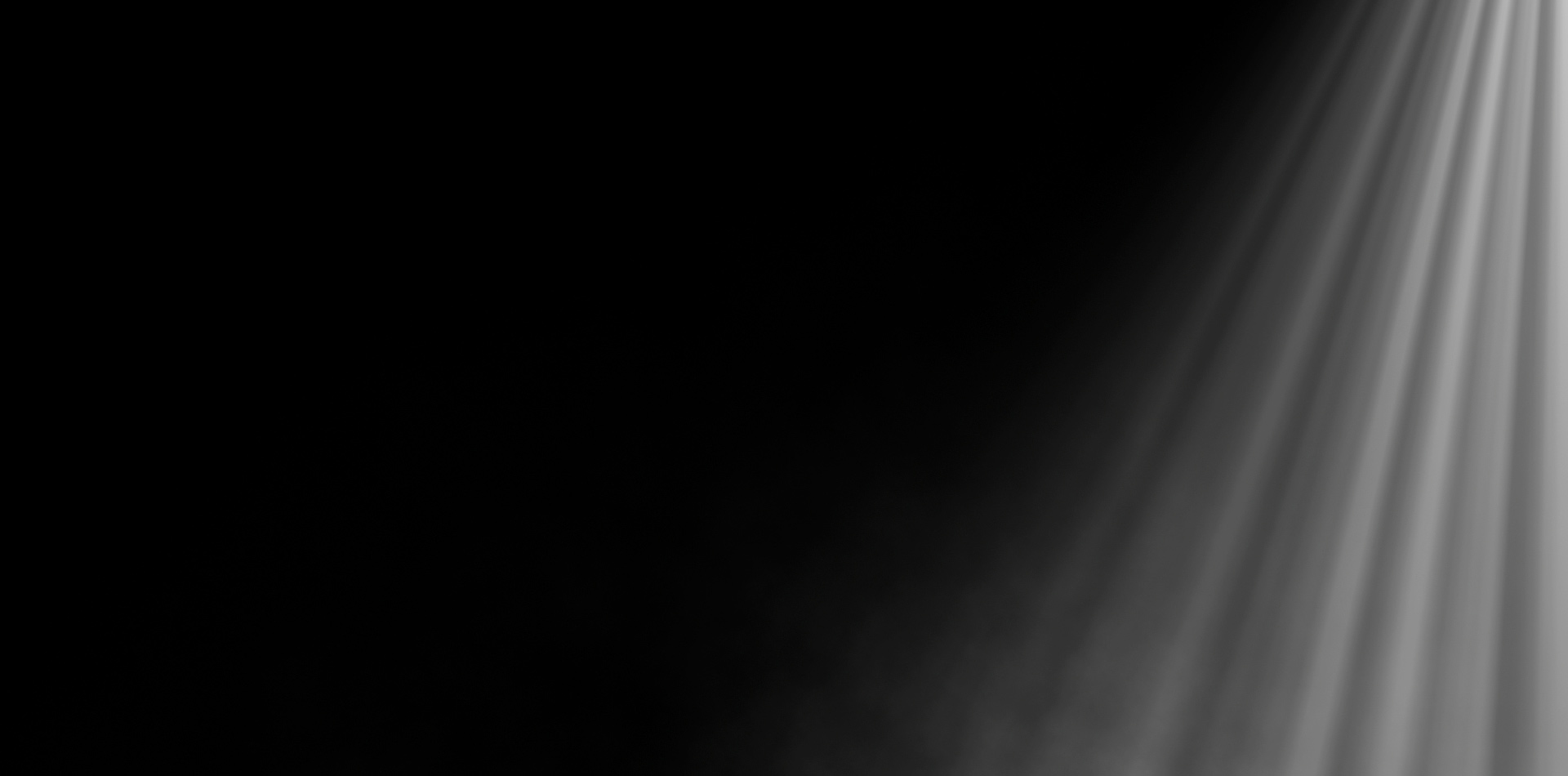Dwelling
In the depicted scene, the setting sun’s slanted rays filter through a window into the living room of an unnamed family home. With its middle-class aesthetics, the room exudes comfort and serenity. However, this tranquility is subtly disrupted by occasional bubbles rising from a corner of the frame, hinting at an underlying suffocation and unease beneath the idyllic calm. Suddenly, the entire scene shatters before the viewer. We realize that, like the ephemeral bubbles, the beautiful world we see is only a model inside an aquarium. The illusion of perfection is broken by the sounds of explosions, revealing a harsher reality.
The title of the work, Dwelling, invokes Martin Heidegger’s (1889– 1976) reference to a verse by poet Friedrich Hölderlin (1770–1843). Yuan Goang-Ming transforms Heidegger’s aspiration for people post- World War II to find an emotional and physical ‘homeplace’ into a reflection on contemporary Taiwan’s situation. The root of the German word for uncanny (unheimlich), is the word for home (heim): connoting the loss of safety and comfort typically associated with home. This “unease of rootlessness” (unheimlich) is a central aesthetic in Yuan’s work. Our daily comforts provoke us to question whether this beauty is an illusion, akin to a fleeting bubble. The pervasive fear amplifies our yearning for a poetic dwelling in the future. Yuan employs dramatic simulation and destruction to interrogate the definition of a homeplace, expressing a microcosmic representation of an anxious premonition and fear about life. He responds to the concealed uncertainties and crises in Taiwan’s contemporary political, technological, and economic structures, and the challenges of dwelling amidst these threats. As Yuan states, “The image progresses towards dwelling as poetry, and falls in the direction of poetry.”


